Si-o-se-pol Bridge
Si-o-se-pol Bridge is the longest bridge over the Zayandeh Rud River. This bridge is about 300 meters long and 14 meters wide. It was built on a river that now divides Isfahan into two northern and southern parts. Sio-se-pol Bridge is also known as Allah Verdi Khan Bridge and Jolfa Bridge. With 33 vaults, the bridge is now for pedestrians use only. The architect of this bridge was Master Hossein Bana, father of Mohammad Reza Bana Esfahani (architect of Sheikh Lotfollah Mosque). The construction of the bridge dates back to 1602 AD which is also the time when Chahar Bagh Street was designed. Along Chahar Bagh Street, Si O Se Pol Bridge is located to connect the upper Chahar Bagh to down town Chahar Bagh. The importance of this bridge was to connect the government center and the harem to the Hezar Jirib Garden, which was located along Chahar Bagh Street. The king and the harem spent some of their time in a week relaxing and having fun in this garden in the most southern point of Isfahan. Stone was used for the main part of the bridge. For the upper parts, however, Brick was used. Also, gypsum and mortar, which is a mixture of limestone, clay, ash and some more materials, have been used in the construction of Si-o-se-pol Bridge. Si O Se Pol Bridge has 20 chambers and 2 royal residencies in different parts. Chardin, the famous French traveler, states that during the reign of Shah Abbas II the Safavid, ridiculous paintings were painted on the walls of these rooms by unknown people, making it an inappropriate sight to see.
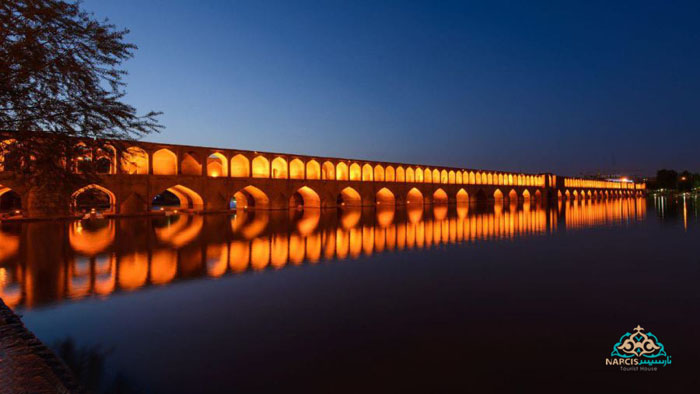
Why do they call it the Allah Verdi Khan Bridge?
As we mentioned before, Si-o-se-pol Bridge is also known as Allah Verdi Khan Bridge. Allah Verdi Khan was the commander of Shah Abbas the Great’s army. Accordingly, he was in charge of the southern regions of Iran such as Fars, Hormozgan, Kerman and the present-day Bushehr. Born in Georgia, Allah Verdi Khan was sold as a slave to Iranian slave traders. During the reign of Shah Tahmasb (the second Safavid king) he became a strong young man. Back then, he entered the Safavid army and quickly gained higher ranks in this army. Until he finally became one of the greatest and most reliable commanders during the reign of Shah Abbas the Great. As a general, he gained more popularity due to his bravery in the war with the Portuguese over the occupied island of Hormuz. In fact, it was with his bravery that the island was taken back from the Portuguese. The spoils of this war went to the Iranian army. The army also regained control of the island of Hormuz which was the main commercial waterway. Allah Verdi Khan was also the founder of Si O Se Pol Bridge. He, accordingly, covered all the construction costs of the bridge.
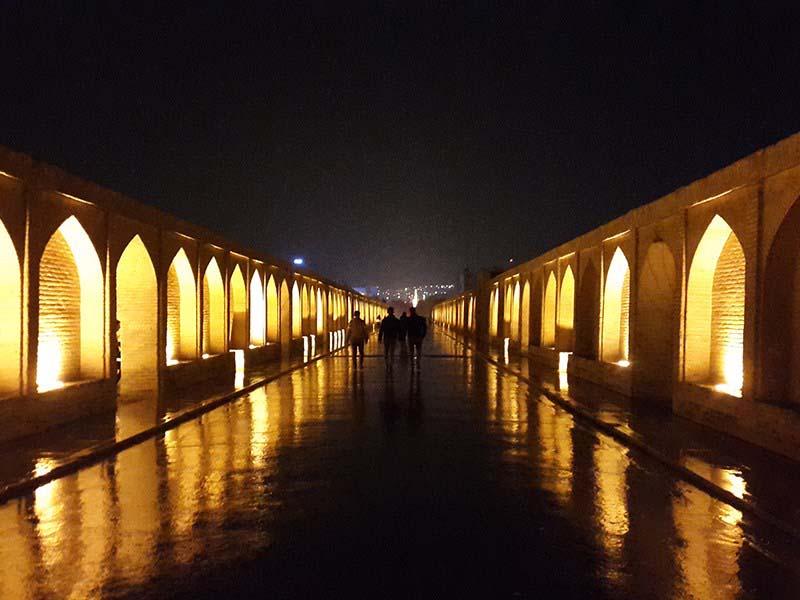
The restrictions toward moving vehicles on the Si-o-se-pol Bridge
Until the Pahlavi era, vehicles could cross the Si-o-se-pol Bridge, but after that, the mayor’s office banned vehicles from crossing the bridge and prevented the process of the short-term destruction of the bridge. Abbas Beheshtian was one of those who strongly opposed the passage of vehicles across Siosepol Bridge and considered it extremely harmful to the bridge. He could not prevent this by writing letters and working around the clock. Until in a military maneuver, tanks and military vehicles were to cross the bridge. Beheshtian did not allow any military vehicles to cross by sleeping on the bridge. With his resistance, the vehicles were finally banned from crossing the bridge.
A Bridge to connect the Jolfa neighborhood to the city
Another function of Si O Se Pol Bridge was to connect Jolfa neighborhood, the residency of Armenians in Isfahan, to the city center. This was important because Armenians played an important role in trade business for the Safavid capital. They had to come to the center of the city for trade and commerce. The construction of this bridge over the Zayandeh Rud River shortened their route to the city center, so it was of particular importance.
Si-o-se-pol Bridge; A place for national and ritualistic ceremonies
Zayandeh Rud and Si-o-se-pol Bridge have been a witness to the Christians ceremony related to the crucifixion of Christ every year near the New Year. The ceremony was performed by the Julfa Cathedral with the participation of all Armenians. The archbishop plunged the great cross into the water and consecrated it by reciting prayers. He then poured holy oil into the water by repeating prayers and supplications under his lips. According to Delvalle and Dan Garcia, Shah Abbas was very interested in this ceremony and attended it with his courtiers despite the unfavorable weather of that time of the year. After breaking the ice which was formed on Zayandeh Rud, Armenians threw themselves into the water. They would pour water on each other for sanctification. The ceremony, accordingly, would have ended with joy.
Another ceremony that was held along the Zayandeh Rud River and next to the Si o se pol Bridge was called Abpashan. This ceremony has a history, dating back to ancient Iran and the religion of the goddess, Mitra. In this ritual, water is a symbol of purity and health and has a special sanctity. For this ritual, people would gather together in their old clothes every year in July and pour water on each other with copper bowls. Interestingly, this ceremony also became a kind opportunity to settle debts with someone. Sometimes this ceremony would have become so serious that it would have turned into a fight. Since water was not enough for a fight, they would have used the copper bowls to hit each other. Interestingly, the governor and the police forces would refuse to interfere in these fights and instead they would have enjoyed watching them. The fight was over after both parties were too tired to continue.
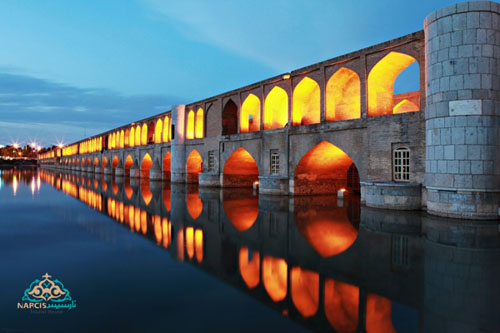
This bridge is still standing after almost 400 years, and Isfahan invites everyone to visit it. When the Zayandeh Rud River is flowing, it creates a pleasant atmosphere for its visitors and the migratory birds that have chosen the Zayandeh Rud River and Si-o-se-pol Bridge for their stay.
Si O Se Pol Bridge FAQ
Si-o-se-pol bridge is open:
24 hour and its part of midnight tour in Narcis B&B
Shahrzad and Arakhan
(2.7 km) from Narcis B&B (about 31 min walking )
Choobi Bridg and Chaharbagh street

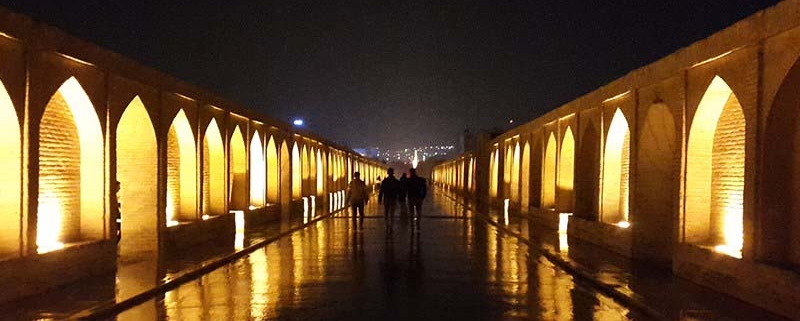
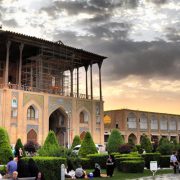
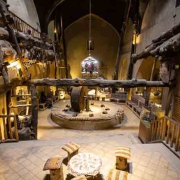
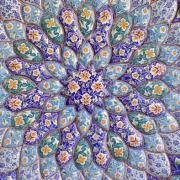
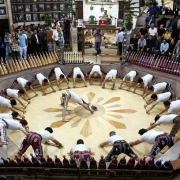
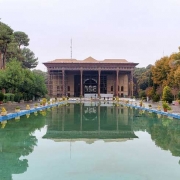
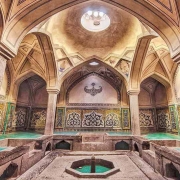
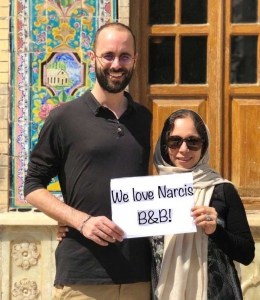




Leave a Reply
Want to join the discussion?Feel free to contribute!